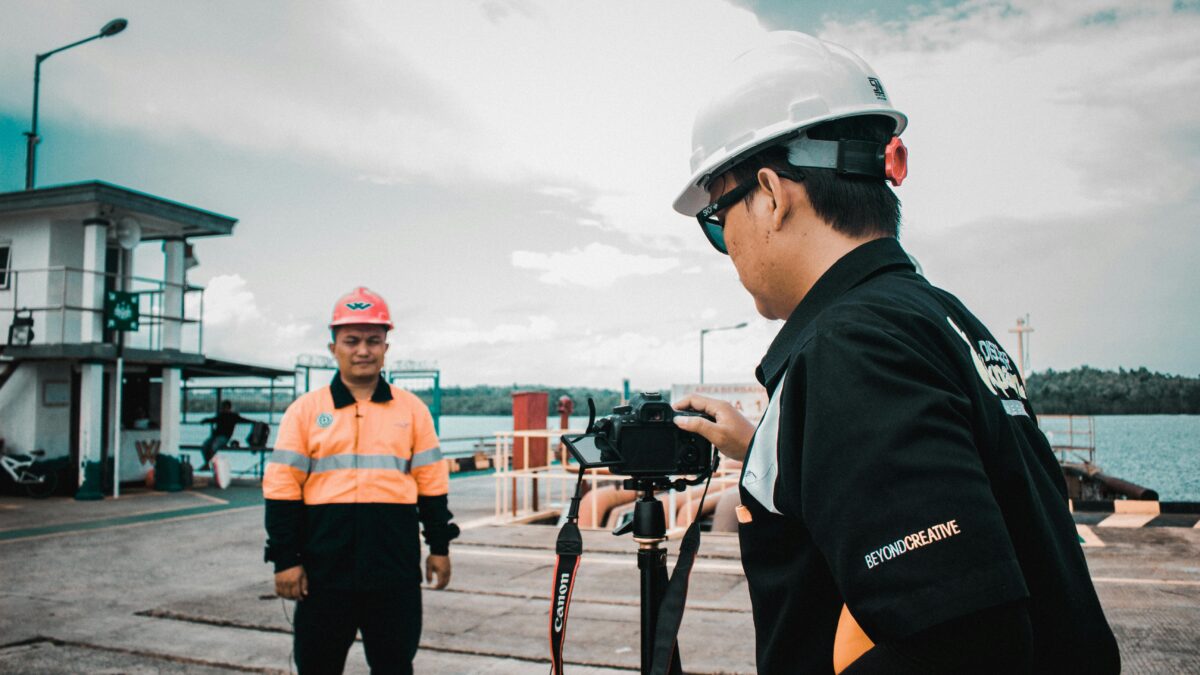Why Site Analysis Is Crucial for Commercial Buildings

Understanding site analysis is a must for commercial buildings. It helps to design a structure cleverly, make the structure fit in with its locale, and not break any local rules. Things like using natural resources to save power, making it easy for people to get to, and staying sturdy in disasters become possible. This detailed look-over makes the building cost-effective while increasing its worth over time. Those who invest, those who design, and those in charge of the city all stand to benefit. This is because it supports sensible and lasting growth. Recognize its value, and you’re on the route to successful, enduring commercial building projects.
Supports Smart Design Decisions
Site analysis is really crucial. This is so because during a site analysis, the primary objective is figuring out the best design fit, citing the land’s size, shape, and situation. This knowledge comes in handy for builders and architects in designing a plan suitable for the land while catering to your preferred features. In urban areas like Atlanta, where terrain and zoning can vary widely, many professionals rely on thorough site studies to create optimal designs. That’s why architecture firms in Atlanta place a strong emphasis on this process to balance aesthetic appeal with practical functionality. To bring joy into the mix, a well-studied site lets you design better by practically addressing things like lighting and airflow for better functionality. The result? A good-looking, well-operating building that’s efficient in its resource usage. All from a good site analysis.
Helps With Zoning and Building Codes
A good site analysis helps you stay within the legal limits for construction. This evaluation brings to light important zoning regulations and building codes tied to the site. It illustrates what you can build, where, and how large the building can be, among other vital guidelines. Knowing this helps you avoid significant legal troubles and delays in your construction project. Site study guarantees that your design plans fit these rules. Therefore, it helps you save both time and money. This way, you can carry on with the construction process confidently, knowing that every regulation is being followed accurately.
Improves Energy Efficiency
Site analysis increases a building’s energy efficiency. Think about how the trees, wind, and sun will affect you as you look at a scene. Architects use this information to help them decide where to put a structure. A smart location cuts down energy use. It helps in the natural heating and cooling of the building. Also, site study guides the selection of materials and building methods. These decisions help in using energy less during construction and after. Therefore, scrutinizing the site helps you save money on energy bills. Further, it supports the aim of creating structures that are friendly to the environment.
Boosts Accessibility and Visibility
Good site analysis makes sure that your building is distinctly seen and easy to reach. It looks into how people drive and walk around the area. This information helps in placing the structure, paths, and parking lots at the right location. By having a well-placed building, customers and workers can locate it easily. Also, good access boosts traffic to your site. Site study makes certain that there are enough walking routes and parking spaces available. Therefore, it helps everyone, including people with disabilities. This focus on access and visibility increases the worth of your property and helps your company to flourish.
Supports Disaster Resilience
Site analysis helps build buildings that can withstand natural disasters. It checks to see how likely it is that floods, earthquakes, and other hazards will happen at the site. Builders can make safe buildings if they know about these risks. They follow specific safety rules if a site is flood-prone, for example. Site study helps in disaster preparation. It makes certain that buildings are safe and people are protected. Therefore, by focusing on disaster readiness, one can reduce damage during a disaster. This practice helps you save money on repairs. At the same time, it guarantees construction endurance and safety for years to come.
Saves Cost and Increases Value
A good site analysis cuts down expenses while increasing a building’s value. It helps avoid expensive mistakes by making certain that every decision is based on precise site data. When designs fit well with the site, it lessens the need for extra work. Hence, site analysis saves money. Buildings that are energy-efficient and well-placed rise in worth over time. Investors and buyers see worth in these buildings. Therefore, when you spend money on on-site analysis, you secure a good return. Also, at the same time, it helps you build a solid future for your financial investments in real estate.
Conclusion
You now see the importance of site analysis for commercial buildings. This important evaluation aids in better design decisions, assures adherence to regulations, and increases energy efficiency. It also boosts accessibility, strengthens disaster resilience, and saves costs. Therefore, when you prioritize site analysis, you create a safe, efficient, and valuable building – one that meets the requirements of the future. This practice benefits everyone involved in the construction sector. It includes owners, builders, and planners. They all gain from site analysis as it leads to mindful and profitable building proposals





